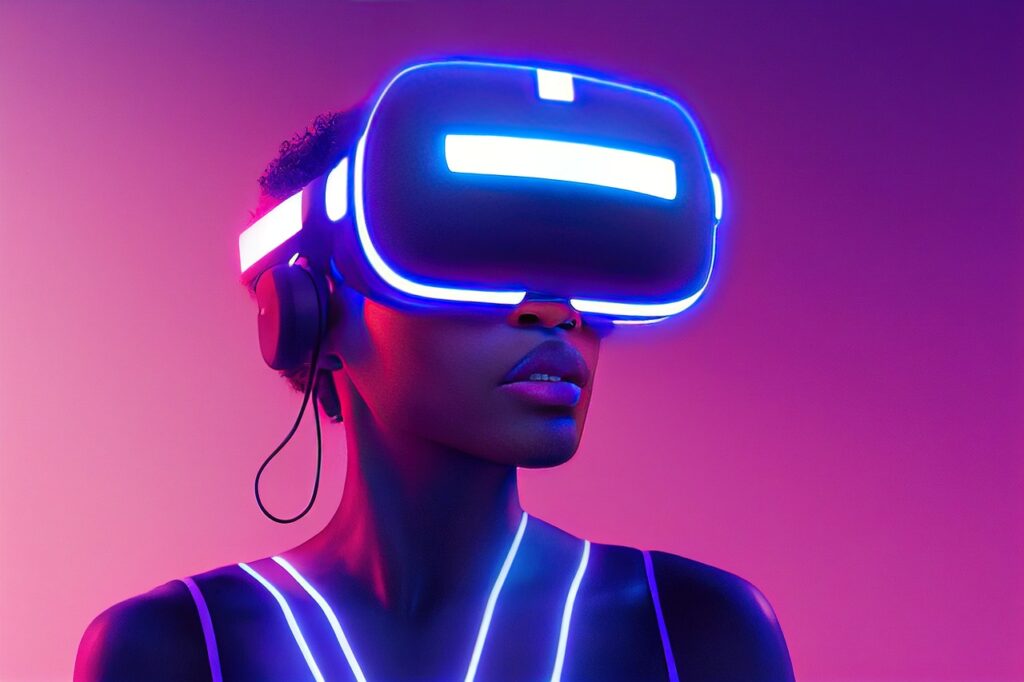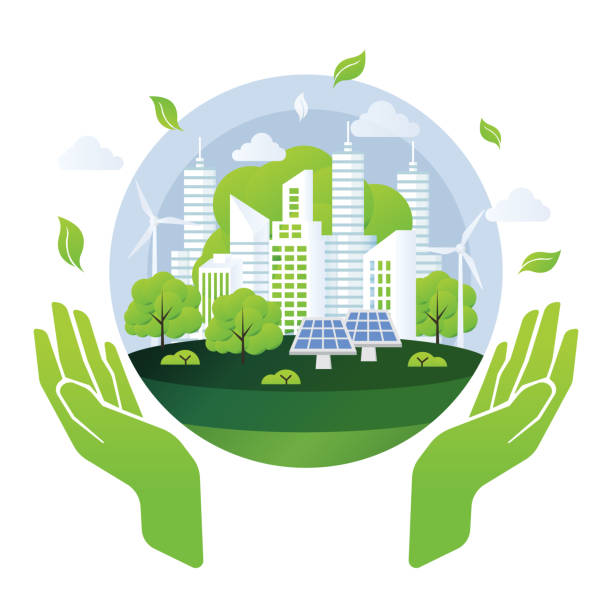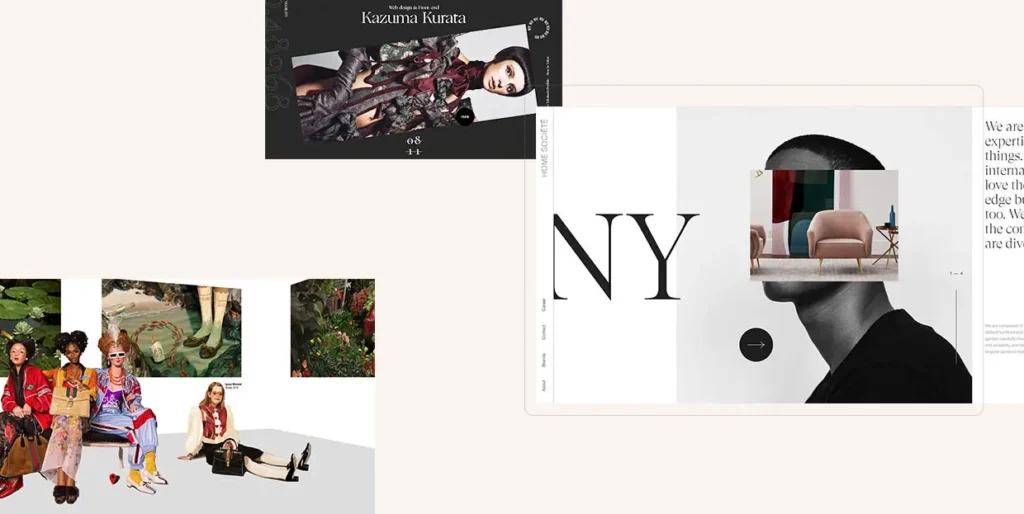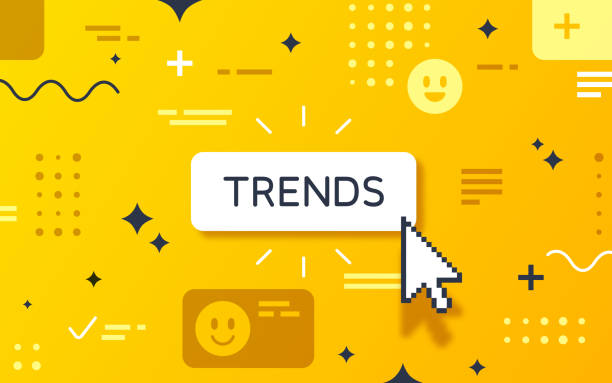The digital landscape is changing, and web design stands at the forefront of that change. With the shifting needs of technology and user preference, 2025 promises to bring about trends that will redefine the way websites are created and experienced. From AI-driven interfaces to sustainability-focused designs, businesses have to adapt to these trends if they want to stay ahead of the game and continue to be interesting.
Let’s find out what the leading web design trends that will rule 2025 are and how they can boost your online presence.
1. AI-Driven Personalization: Smart, Hyper-Targeted Experience

Artificial intelligence has become from a mere trend to a necessity for experience creation in personalized user interface design. In 2025, AI will be very sophisticated and can even understand user behavior ahead of it. It can provide websites to offer content finely targeted based on individual preferences.
Examples of AI in Web Design:
– Dynamic content suggestions: Websites will take the browsing history and other preferences of the user for suggesting products, articles, or services of interest.
– AI chatbots: They will become increasingly powerful and will be able to answer complex queries, conduct natural conversations, and present personalized recommendations based on user input.
This is how the trend assures that users are valued and engaged, and eventually conversion and customer loyalty follow through.
2. Immersive 3D Elements: Bringing Web Pages to Life

Static designs are getting replaced by dynamic three-dimensional visuals. Advancements in browser technology are making three-dimensional elements accessible and functionally applicable.
How Does 3D Add Flavor to Design:
– Product Displays: Interactive 3D models allow users to turn and zoom products to inspect as if they are actually holding the product.
– Storytelling Experiences: Sites can use 3D animation to lead a visitor through a narrative so content is more interesting and remembered.
Although 3D can really enhance user experience, designers need to make sure that these elements don’t slow down website performance.
3. Augmented Reality on the Web

The AR technology is now coming out of mobile apps and is getting into mainstream web design. In 2025, AR will redefine user engagement by bringing in the physical and digital worlds.
AR Applications in Web Design:
– Virtual Try-Ons: With the help of their browsers, fashion and beauty brands can allow customers to “try on” clothes, accessories, or makeup.
– Interactive Learning Tools: Learning through AR can include using interactive educational platforms like virtual dissections or even the construction of historical reconstruction scenes.
This helps bring in stronger connections for the end-user with brands; thereby, AR makes for an innovation game-changer across several industries.
4. Sustainability-Centric Design: A Green Approach

Environmental awareness affects all sectors, and web design is no exception. Brands are now increasingly demonstrating their commitment to the environment through their websites and, therefore, have adopted eco-friendly design as a best practice.
Key Features of Sustainable Web Design:
– Dark Mode Adoption: Popular across devices, dark mode not only saves energy on OLED screens but also reduces eye strain for users.
– Optimized Media: Image and video compression to minimize data usage reduces the environmental impact of a website.
Sustainable websites will attract eco-friendly users, which will improve their reputation and brand loyalty.
5. Advanced Micro-Interactions: Improving Usability

Micro-interactions are small animations or visual treatments in UI/UX design that answer the user’s action to hover, click, scroll, etc. By 2025, these have to be more sophisticated: they will be functional, aesthetic, and so much more.
Examples of Micro-Interactions include:
– Button feedback, where buttons change colour or animate when clicked: confirming the user’s actions on it.
– Interactive scrollbar where the scrollbar changes to respond to the user when navigating through content.
These details seem very small, but they will result in a polished user experience that keeps visitors.
6. Inclusive and Accessible Design: Websites for Everyone

Accessibility is not a good practice; it’s legal and moral. Accessible web design ensures websites are usable by everyone. Innovations in Accessibility:
– Voice Navigation: Sites are including voice commands, allowing users to navigate hands-free.
– High-Contrast Modes: Provides high-contrast themes and scalable fonts for ease of readability for users with visual impairments.
Designing inclusively, first of all, opens up a greater audience, but more importantly shows commitment to diversity and equality.
7. Scroll-Triggered Animations: Interactive Storytelling

This animation approach that tells a scroll-triggered story is fundamental to branding. It generates an exploratory experience due to dynamic responsiveness to scrolling by the user. Here are where Scroll Animations Shine:
– Interactive Infographics: The way data is unfolded as a user scrolls through a website makes difficult information easy to digest.
– Brand Stories: Companies can tell their history or values with animations that guide users through a timeline or journey.
This trend engages the user with the content and decreases the bounce rate along with increasing time spent on the site.
8. No-Code and Low-Code Development Platforms

No-code and low-code tools have been making web design accessible to non-technical users so that they can make websites of professional quality. These platforms will become more powerful and user-friendly by 2025.
Benefits of No-Code Tools:
– Rapid Development: A website can be built and launched in days rather than months.
– Cost Efficiency: Small businesses can create stunning websites without hiring expensive developers.
This change allows individuals and small teams to focus more on creativity and user experience while streamlining the process of development.
9. Typography as a Central Design Element

Typography is no longer just a role; it has become one of the central elements of modern web design. Big, bold, and dynamic fonts will be the major theme in 2025, making websites stand out. Innovative Typography Trends:
– Giant Headlines: Large headlines that attract attention and speak key messages at once. – Kinetic Typography: The animated text element brings motion and energy to static pages. Though carefully designed typography adds an aesthetic, it also develops a voice for a brand.
Why These Trends Matter
The web design trends for 2025 are to be creative, functional, and inclusive. Businesses that embrace them will be well-equipped to offer great user experiences and stay ahead in this competitive digital landscape. Immersive AR, sustainable practices, or AI-driven personalization, these innovations have nothing to do with looks but everything to do with connecting with your audience.
With time, the world of web designing will surely change; therefore, the present is a perfect opportunity to embrace it and future-proof your digital presence.

